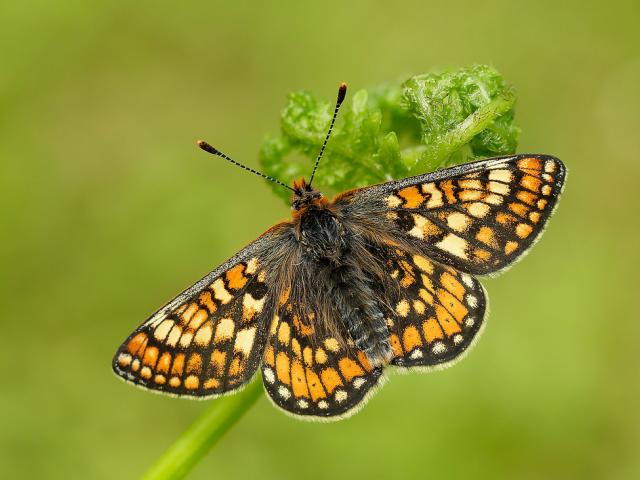
Marsh Fritillary
The butterfly has historically been linked with the traditional practice of woodland coppicing, giving it the nickname of the 'Woodman's Follower' as it follows the cycle of cutting around a wood.
The Heath Fritillary is distinguished by its dusky wing colours. It is restricted to a few specialised habitats where it flies close to the ground with characteristic flits and glides.
Sadly it is now one of our rarest butterflies but has been saved from the brink of extinction by the concerted action of conservationists.
The main foodplants are Common Cow-wheat (Melampyrum pratense), Ribwort Plantain (Plantago lanceolata), Germander Speedwell (Veronica chamaedrys), and occasionally other speedwells (Veronica spp.). Foxglove (Digitalis purpurea) can be a secondary foodplant, especially on Exmoor.

The butterfly prefers sunny, warm and sheltered habitats of two main types; coppiced or newly felled woodland on acid soils (where Common Cow-wheat is abundant), and sheltered heathland valleys on Exmoor (where Common Cow-wheat grows as scattered plants on mineral soils amongst vegetation dominated by Bilberry).
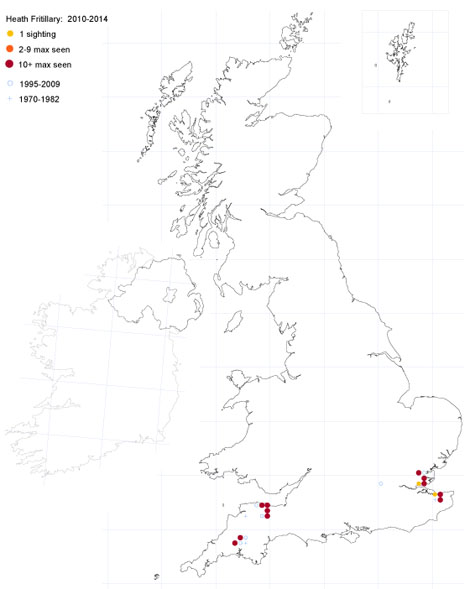
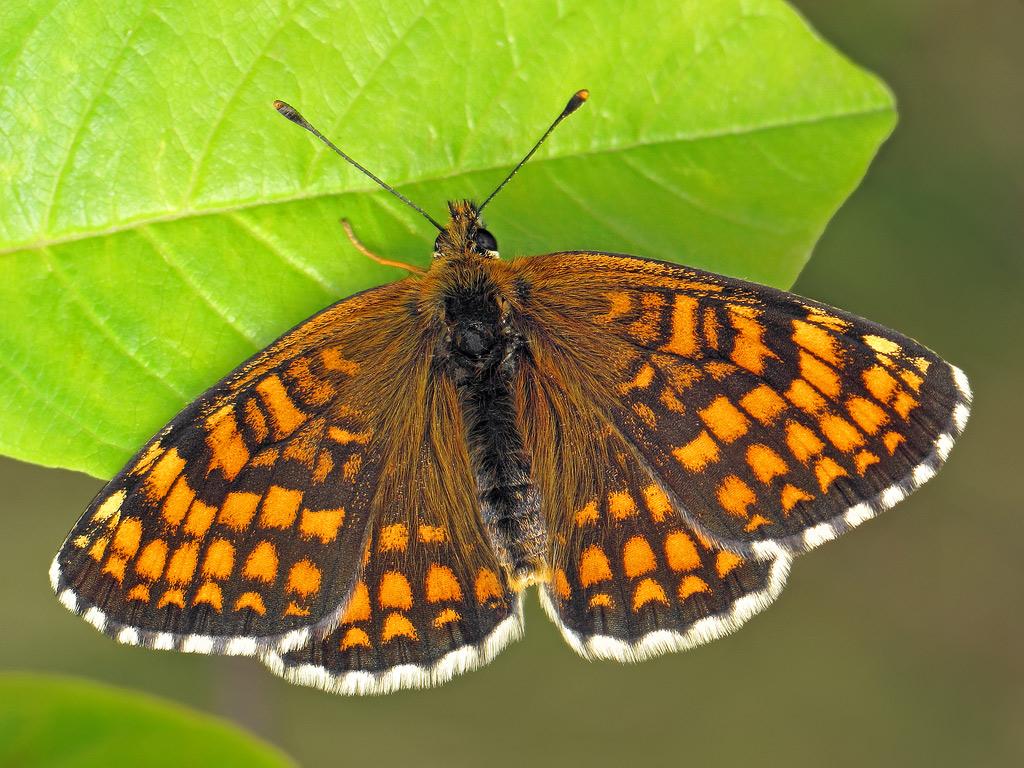
Ryszard Szczygieł
Ryszard Szczygieł
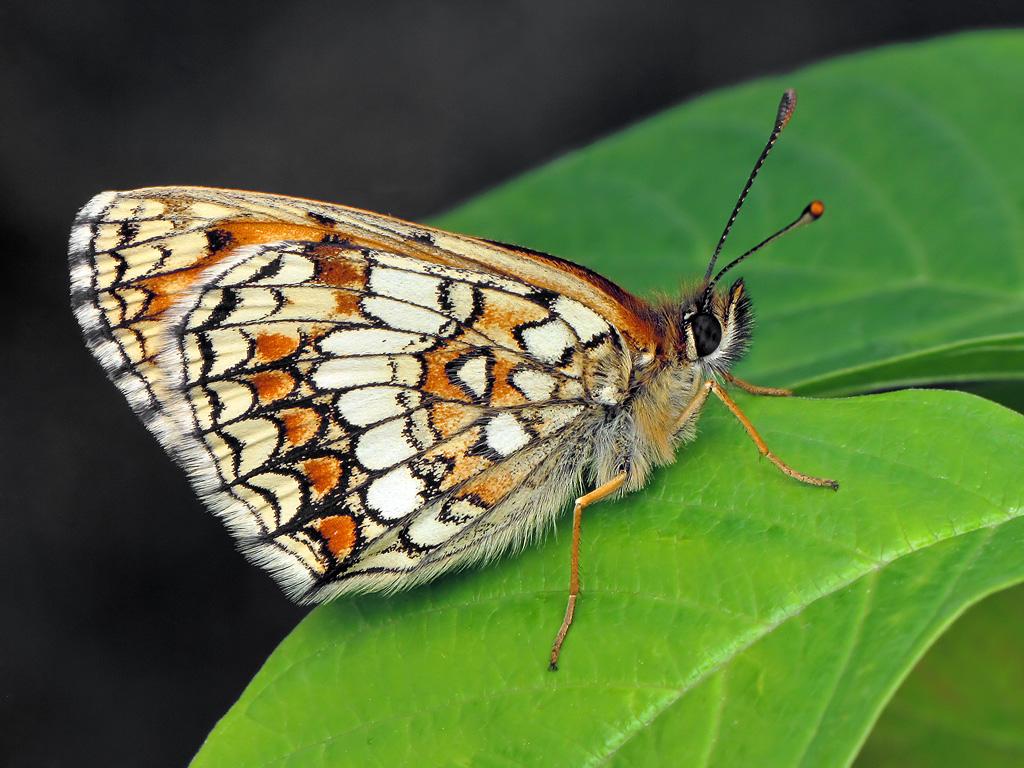
Ryszard Szczygieł
Ryszard Szczygieł

Bob Eade
Bob Eade
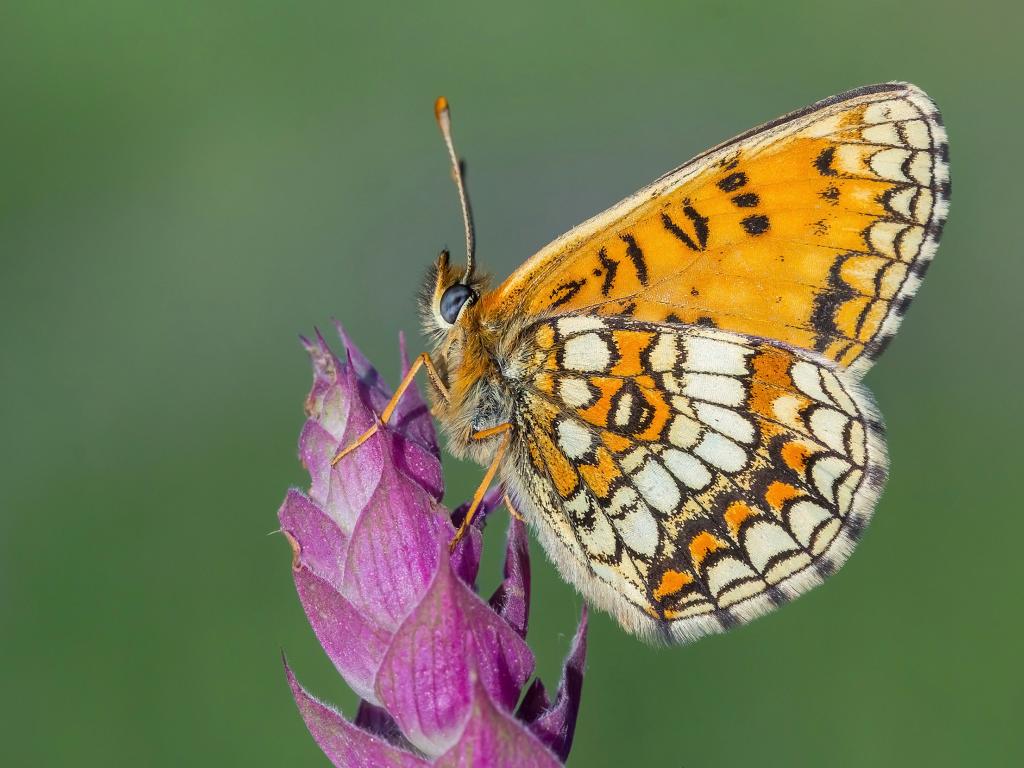
Tamás Nestor
Tamás Nestor
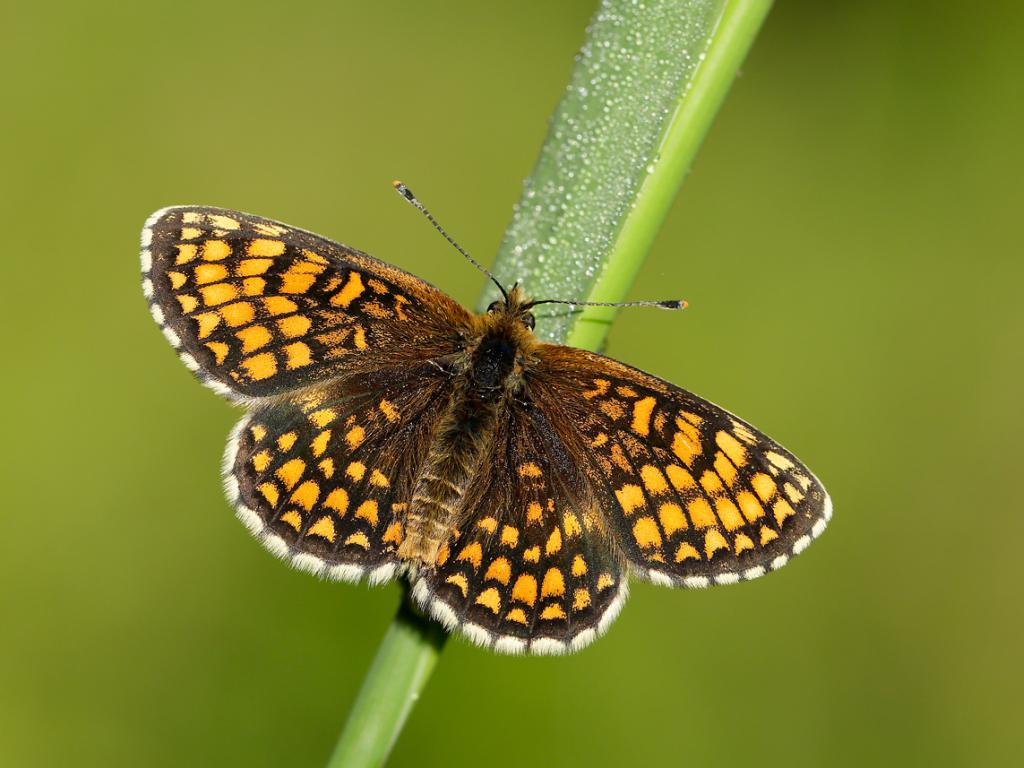
Heath Fritillary (upperwing) - Iain Leach
Heath Fritillary (upperwing) - Iain Leach
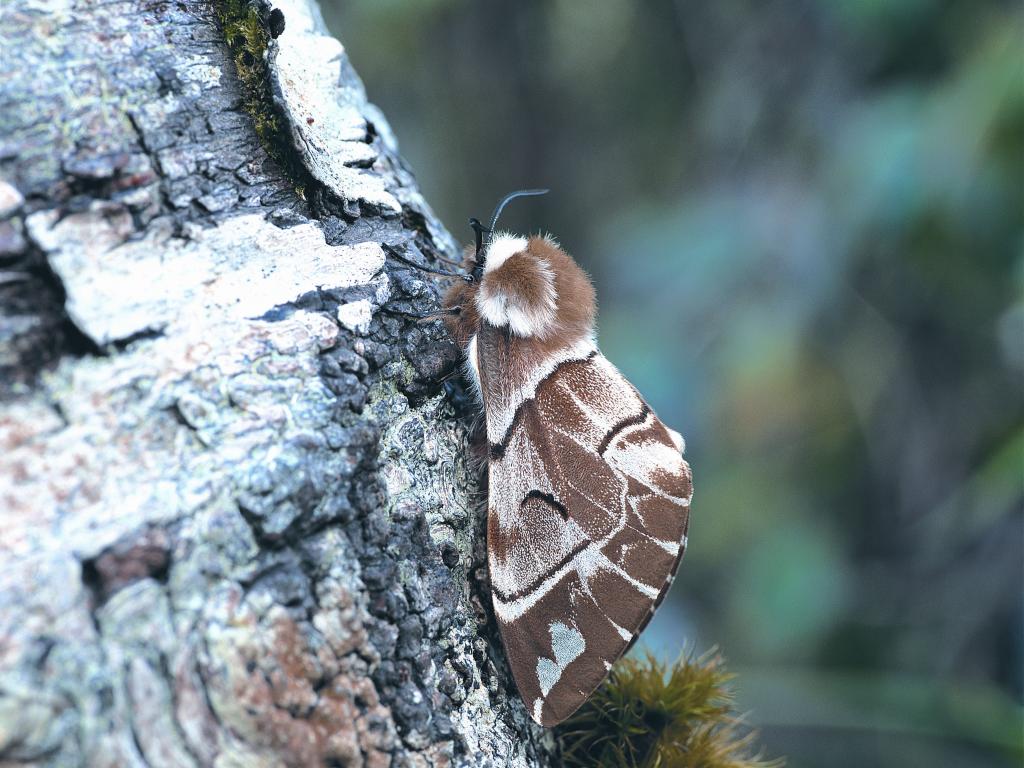
Kentish Glory - Robert Thompson
Robert Thompson
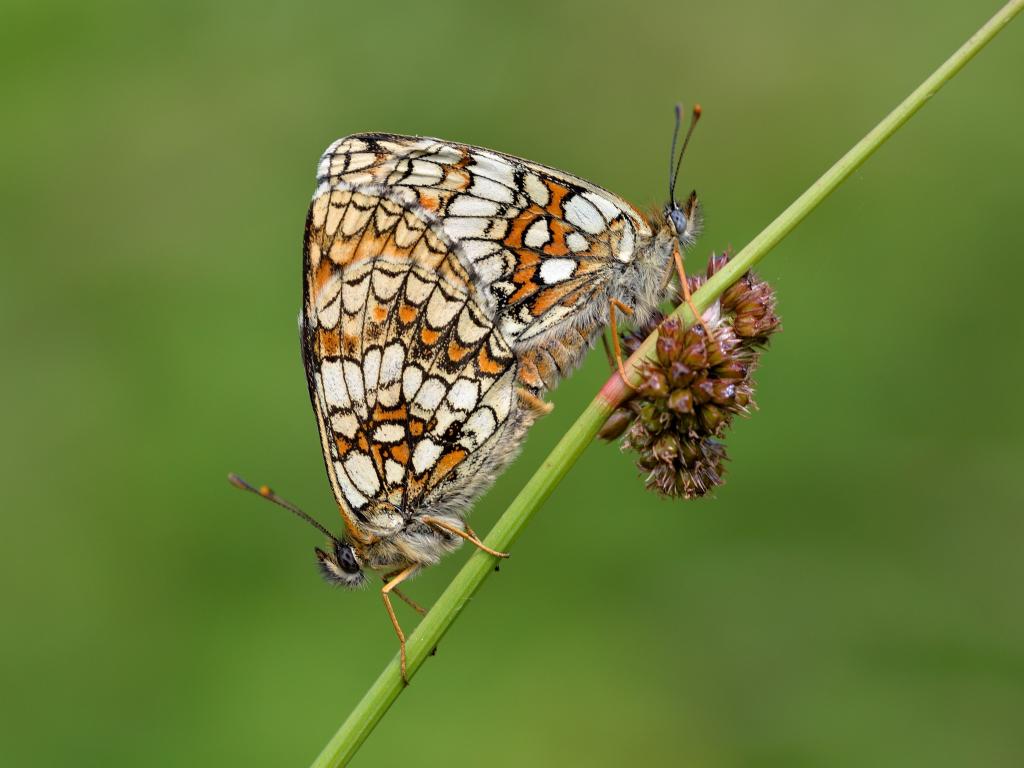
Bob Eade
Bob Eade
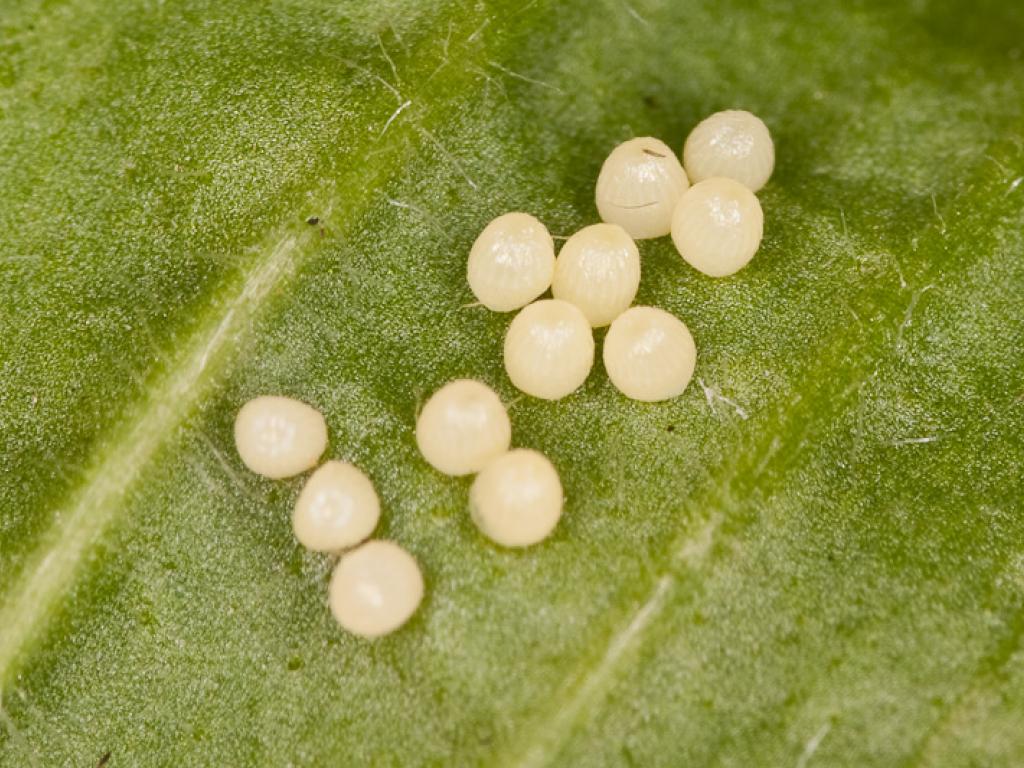
Peter Eeles
Peter Eeles
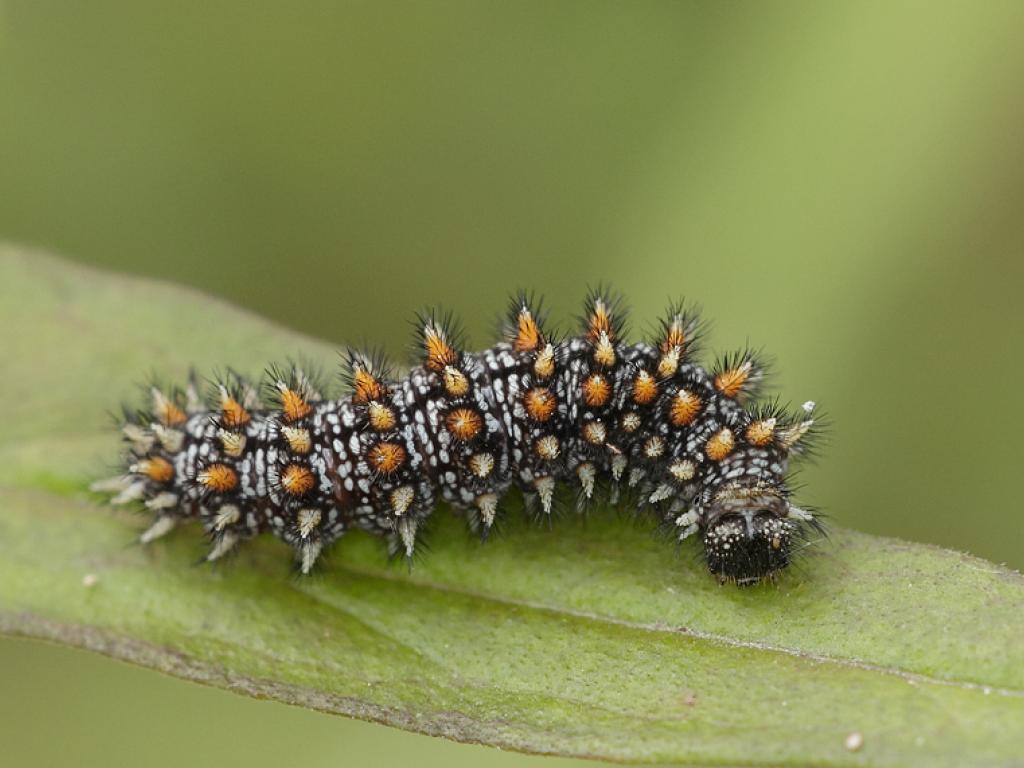
Heath Fritillary (caterpillar) - Iain Leach
Iain Leach
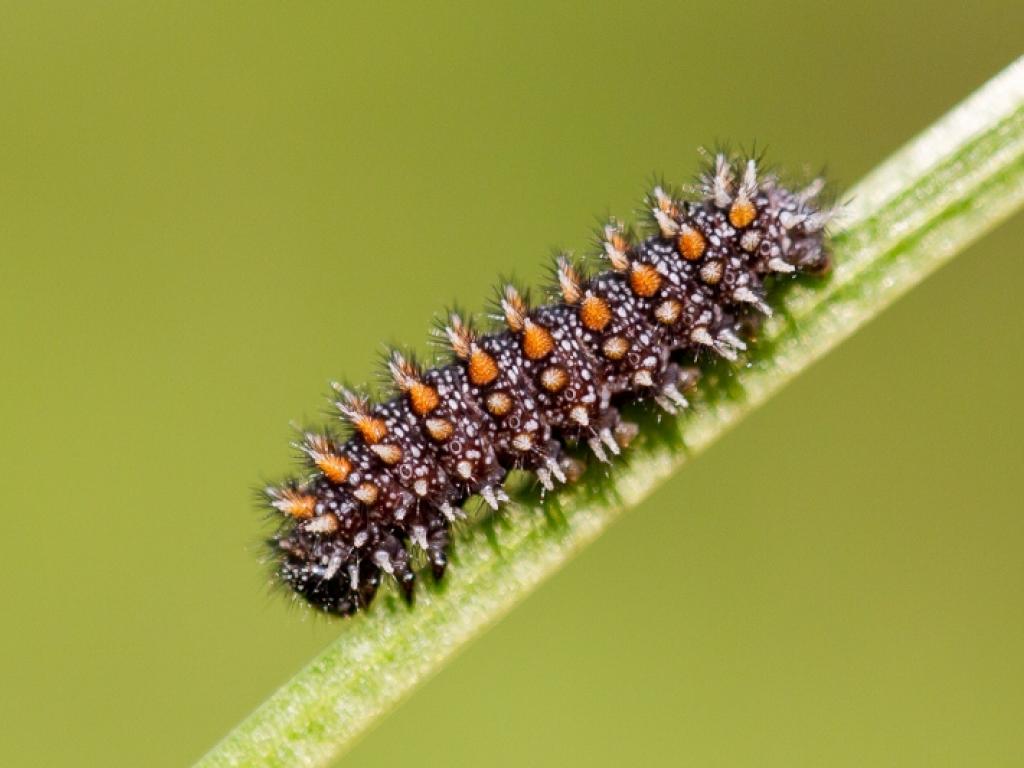
Heath Fritillary (caterpillar) - Peter Eeles
Peter Eeles
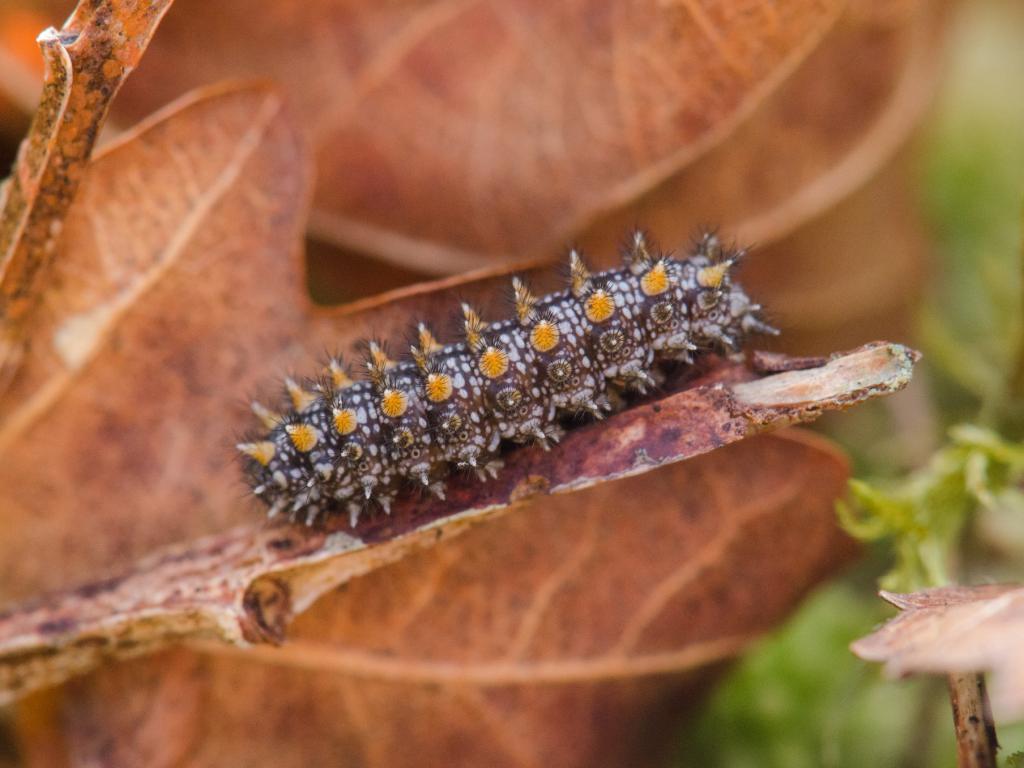
Heath Fritillary (caterpillar) - Simon Phelps
Simon Phelps
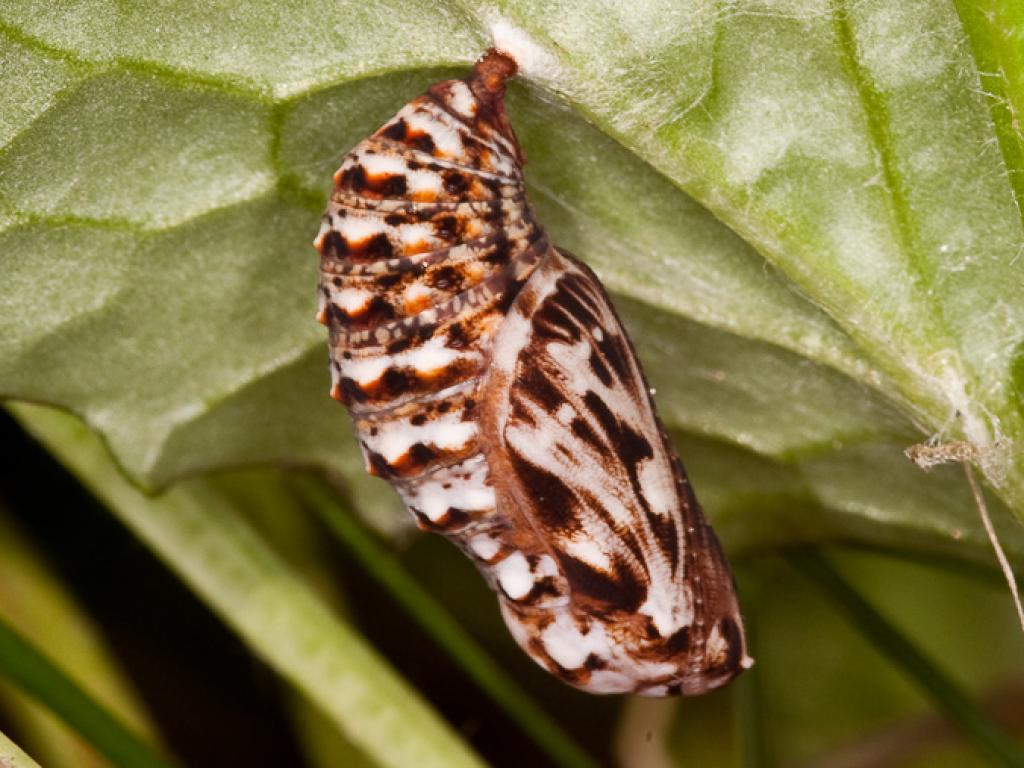
Peter Eeles
Peter Eeles